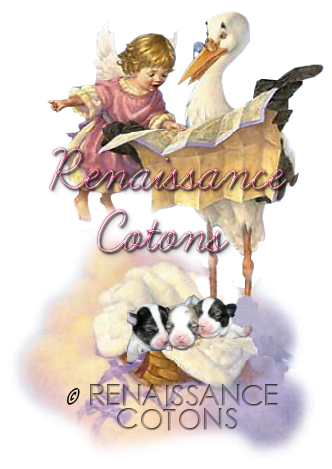Walking through our property this morning. Happy New Year from Renaissance Cotons.
♥Renaissance Coton de Tulear signing off♥
♥Happy New Year♥


Visit msnbc.com for breaking news, world news, and news about the economy




http://healthypets.mercola.com/sites/healthypets/archive/2013/11/15/spot-on-flea-tick-products.aspxIt would seem, based on the deaths of these poor cats and the comments by the Greentree practice manager about problems with spot-on product labeling, that perhaps not much has changed since the EPA issued its first advisory about these products over four and a half years ago, in April 2009. What prompted that advisory were over 44,000 reports of adverse reactions during 2008, including 600 deaths. This was a 50 percent increase in reported incidents in a single year.In March 2010, the EPA published the results of a year-long study of spot-on products. Their findings included the following:
- Most adverse reactions were seen in dogs weighing between 10 and 20 pounds.
- Reactions in mixed breed dogs were most commonly reported, however, the Chihuahua, Shih Tzu, Miniature Poodle, Pomeranian, Dachshund, Maltese, Yorkshire Terrier and Bichon Frise seem particularly at risk.
- Products containing cyphenothrin and permethrin were especially problematic for small breed dogs.
- Most incidents occurred in dogs under three years old, likely at their first exposure to a spot-on product.
- Adverse reactions for both dogs and cats were primarily skin, GI tract and nervous system related. Skin reactions included redness, itching, hair loss, sores and ulcers. Gastrointestinal symptoms included vomiting, diarrhea and excessive salivation. Reported nervous system symptoms included lethargy, nervousness, ataxia (movement problems), tremors and seizure.
- A number of adverse reactions in cats were the result of the cat either being treated with a product intended for dogs, or through exposure to a treated dog. Cats treated with products intended for dogs had an especially high rate of serious reactions and fatalities.
- Inert ingredients in spot-on products were generally assumed to contribute to toxicity.
- Dosage ranges were considered to be too wide in some cases.
- Product labeling was identified as needing a revamp in many cases.
























 Updated: Nov 11, 2014
I am now accepting a limited amount of deposits for my Nov and Dec litters.
Our puppies are always reserved before they are even conceived. Call for an interview if you want to add a beautiful Renaissance Coton puppy to your family. You will need to go on our wait list and secure your puppy with a deposit. Approved families will be put on the wait list in the order that their deposits are received. Please phone us for more information at 203-298-0428.
Updated: Nov 11, 2014
I am now accepting a limited amount of deposits for my Nov and Dec litters.
Our puppies are always reserved before they are even conceived. Call for an interview if you want to add a beautiful Renaissance Coton puppy to your family. You will need to go on our wait list and secure your puppy with a deposit. Approved families will be put on the wait list in the order that their deposits are received. Please phone us for more information at 203-298-0428.






























































